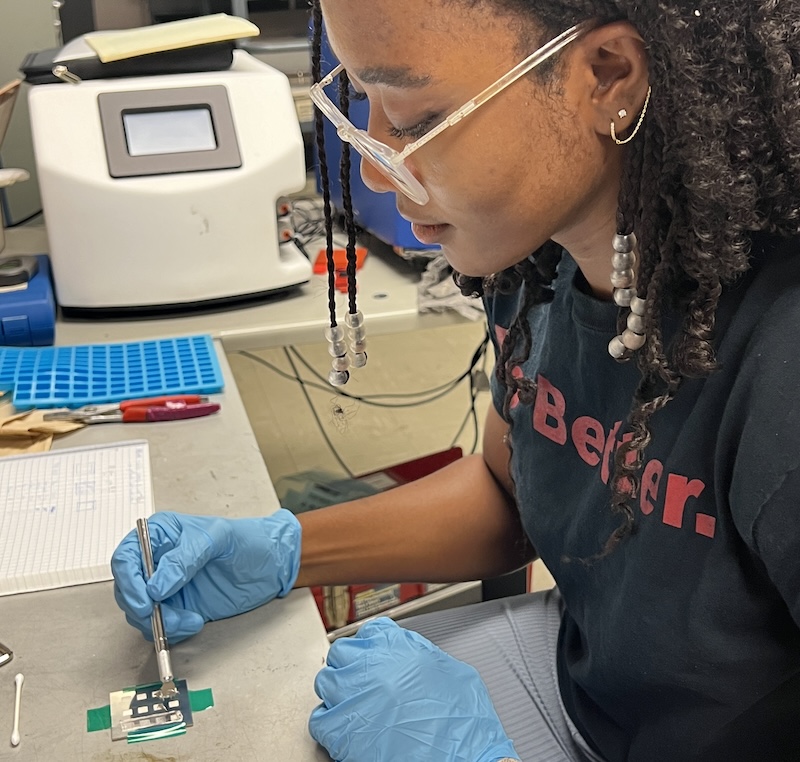Patents have been essential in creating impact for my research

My research has focused on the development of materials that can be used to improve the reliability of electronic products in extreme environments. Publishing in archival journals and conference proceedings has given my work visibility and allowed others to learn from and further develop knowledge. But it is by pursuing patent protection for my inventions that I have been able to directly create substantial economic and technological impact. In fact, the whole process of identifying a need, developing a product, drafting the patent, working with the university to identify potential customers, and licensing or commercializing the results has given me a profound understanding of how engineering solutions can be game changers for society.
Among my patented inventions are several high temperature solder formulations. The first of these was a tin-based, lead-free solder that contained small additions of other metals to produce an attach with an optimal mix of high temperature stability and vibration/shock resistance. Such properties are especially useful for electronics located in a downhole oil drilling tool with shock loading at temperatures of 175C and above. For this patent, I teamed with Schlumberger (SLB), Ltd., who sponsored the research. Our joint application for a patent was granted in 2019 (US Patent #10,180,035). This technology is now available for use in their current drilling tools.
Another application in which robust joining materials are needed is in the construction of power electronic devices. These devices dissipate a considerable amount of power as heat and need high temperature stable interconnections with high electrical and thermal conductivity. High lead solders were used extensively for this purpose in the past, but have been eliminated because of toxicity. Instead, materials known as transient liquid phase sintering alloys were created to allow processing at temperatures below 300C while ensuring stability to temperatures from 400-600C and up. My work in this area resulted in patents on a method for the manufacturing of joints with a transient liquid phase paste (US Patent #10,232,472), a device for curing the paste (US Patent #10,500,661), and a method for analyzing the properties of the paste (US Patent #10,755,000). These materials are currently used in high temperature capacitors, power modules, and other high temperature electronic applications where they permit operation of SiC and GaN devices in a wide range of environments that electronics would typically not be able to tolerate.

Another approach for reliable use of power electronic devices, despite high heat generation, is to cool them uniformly so that there are no hot spots on the die that can cause malfunction. I patented such a uniform cooling technology that combines thermoelectric spot coolers with microchannel fluidic base coolers. The ideas in this patent (US Patent #9,099,426) were further developed in work for DARPA to create a combined cooling scheme for microelectronic devices that came to be known as FEEDSTM (Film Evaporation with Enhanced fluid Delivery System).
These technologies serve as a small example of the impact that patenting can have on technology dissemination.
Patrick McCluskey
Professor and Director of Undergraduate Studies
Department of Mechanical Engineering
University of Maryland


